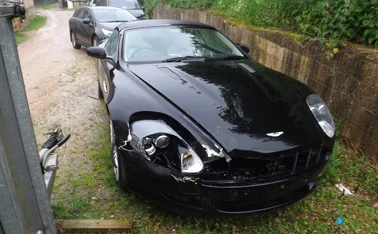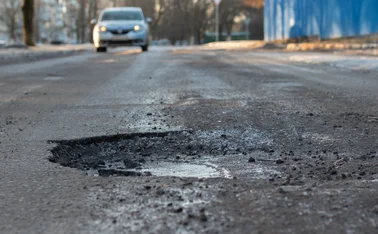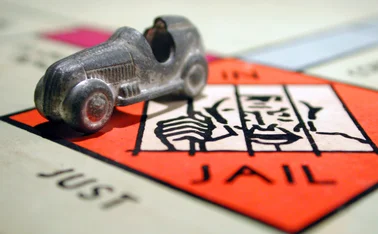
Diary of an Insurer: Lisa Usman, McLarens

Lisa Usman, adjuster and conservation specialist at McLarens, helps a museum hit by a storm, tackles broken glass, tries to save soaked photographs, and meets with restorers.

Monday
I visit a property that has suffered a break-in. In ransacking the property, the thieves damaged contents and building elements, including wooden fixtures and fittings.
Given my training as an archaeological conservator and forensic archaeologist, before working for many years in the museum and conservation world, I can assess the loss from a unique perspective.
Although the builders were initially looking at replacements, I made a phone call to a conservator who specialises in furniture and decorative arts, and discussed the damage with him.
After a site visit to confirm what was to be done, he started work. A week later the damaged wood is repaired with minimal disruption to the household. It is also significantly more cost effective than complete replacement.
Tuesday
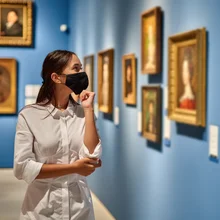
The day starts with putting a plan together to assist a museum to empty a number of their galleries. The building was affected by storm water and the floor needs to be lifted.
The museum has a large and mixed collection and for this to happen, the content will need to be removed from the showcases. It is a small museum with no in-house conservation staff, so we will be advising on the art handling, packing and storage of the content, working closely with the museum curators, while the work is being undertaken.
In the afternoon I worked on cataloguing and photographing original building materials from a Grade two fire claim. These were pieces that I had salvaged at the time of the fire and needed to be recorded to contribute to the planning and building applications.
Wednesday

A call comes in from one of our loss adjusters. A heavy glass bowl owned by a high net worth client has been damaged in a move and they want to know if this could be repaired.
While the nature of glass makes invisible restoration impossible, it is possible to put such items back together. If the breaks are clean, with no actual powdering of the glass or tiny fragments, a satisfactory repair can be made.
There is an adhesive with a very close refractive index to glass and this can reduce the visibility of the repair lines considerably. The piece will be taped back together dry - to get the closest possible joins – and the adhesive will be fed in using capillary action.
Thursday
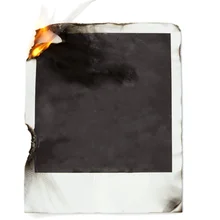
A new fire claim comes in and a visit to the property is arranged to look at damaged artwork and sentimental content. The latter is often photographs and books.
Old photographs are almost always stored in their packets, albums, or all in one box. Perhaps surprisingly, photographs can survive quite a lot but on one condition, and that is getting to them as soon as possible after the event and definitely while they are still wet.
Wet photographs can be separated out and left to dry, usually suffering no lasting ill effects.
Sadly, however, once allowed to dry, the coating will cause them to stick to each other like glue, and no amount of care will separate them again.
This is also true of any coated, glossy paper, especially books and magazines. Wet books in a bookcase should be removed and laid out to dry as soon as possible.
Friday
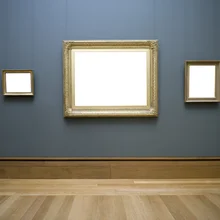
Today I have arranged visits to meet with the restorers we use. Whenever possible, I like to use restorers close to the affected property. This allows the policy holder to visit the restorer and be able to have input into the restoration process.
Before using new restorers, I try to visit their studio and meet with them. This way I can reassure the policy holder of their competence and I’m satisfied they will do good work. It is not unusual for owners to want an old piece of furniture, full of character, to carry on looking like that and there can be a concern that once restored, it will look like new.
Finding the right people can also have a considerable affect on costs. I had a property where a small dark water stain had appeared at the top of the wall along the cornice at a large property in central London.
The cost to repaper the bedroom was in the region of £25,000. I asked if I could look at using decorative finish specialists. After tests on a sample of the wallpaper, the stain was painted in to match the design and the final bill was £400.
Only users who have a paid subscription or are part of a corporate subscription are able to print or copy content.
To access these options, along with all other subscription benefits, please contact info@postonline.co.uk or view our subscription options here: http://subscriptions.postonline.co.uk/subscribe
You are currently unable to print this content. Please contact info@postonline.co.uk to find out more.
You are currently unable to copy this content. Please contact info@postonline.co.uk to find out more.
Copyright Infopro Digital Limited. All rights reserved.
As outlined in our terms and conditions, https://www.infopro-digital.com/terms-and-conditions/subscriptions/ (point 2.4), printing is limited to a single copy.
If you would like to purchase additional rights please email info@postonline.co.uk
Copyright Infopro Digital Limited. All rights reserved.
You may share this content using our article tools. As outlined in our terms and conditions, https://www.infopro-digital.com/terms-and-conditions/subscriptions/ (clause 2.4), an Authorised User may only make one copy of the materials for their own personal use. You must also comply with the restrictions in clause 2.5.
If you would like to purchase additional rights please email info@postonline.co.uk
